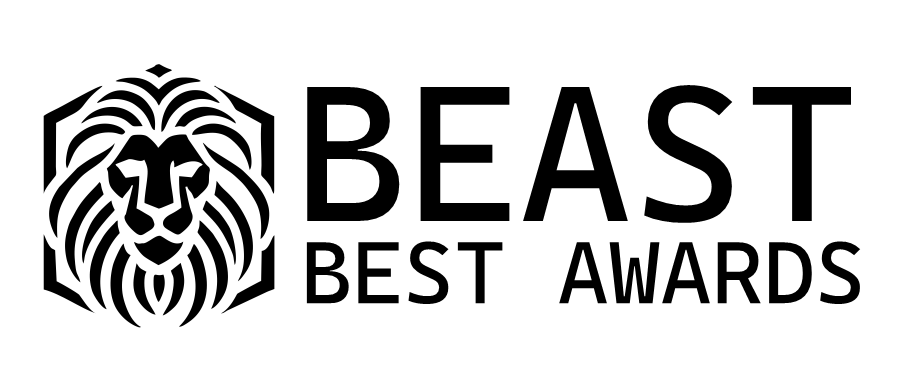Selecting the right cladding for your property is a crucial decision that affects not only the appearance of your building but also its energy efficiency, durability, and overall value. Whether you're renovating a family home or designing a new commercial space, understanding your options and what to consider can help you make a smart investment.
What Is Cladding?
Cladding refers to the material that is applied to the exterior of a building to provide protection and improve aesthetics. It acts as a shield against weather elements like rain, wind, and UV rays, while also enhancing the thermal performance of the structure.
Modern cladding is available in a variety of materials, including:
-
Timber
-
Composite
-
PVC
-
Fibre cement
-
Metal (aluminium or steel)
Each type of cladding has its own unique features, making it important to assess your specific needs before making a choice.
Key Factors to Consider When Choosing Cladding
1. Purpose of the Building
The choice of cladding will vary depending on whether the property is residential, commercial, or industrial. For example:
-
Homes may prioritize aesthetics and energy efficiency.
-
Businesses may focus on brand identity and low maintenance.
-
Industrial buildings often need maximum durability and fire resistance.
2. Durability and Weather Resistance
Consider the climate in your area. For regions with heavy rainfall or high humidity, moisture-resistant cladding like composite or PVC is ideal. In areas with strong sun exposure, UV-resistant materials will prevent fading and degradation.
3. Maintenance Requirements
Some materials, such as natural timber, require regular treatment and maintenance. Others, like composite or PVC cladding, are virtually maintenance-free and retain their appearance for years with minimal effort.
4. Aesthetic Appeal
Choose cladding that complements the style of your home or commercial building. Composite cladding, for example, is available in a wide range of colours and finishes, from traditional wood tones to modern greys and blacks.
5. Budget
While some options like fibre cement or composite may have higher upfront costs, they typically offer longer lifespans and lower maintenance expenses—making them more cost-effective over time.
6. Sustainability
Eco-conscious buyers should consider cladding made from recycled or sustainable materials. Composite cladding is often made from recycled plastics and wood fibres, reducing environmental impact.
7. Fire Safety and Building Regulations
For commercial or multi-storey buildings, always check local building codes regarding fire resistance. Certain types of cladding—such as metal or fire-rated fibre cement—are specifically designed to meet strict safety standards.
Popular Cladding Options
| Cladding Material | Pros | Cons |
|---|---|---|
| Composite Cladding | Durable, low maintenance, eco-friendly | Slightly higher initial cost |
| Timber Cladding | Natural look, renewable | Requires regular maintenance |
| PVC Cladding | Lightweight, waterproof, affordable | Less natural appearance |
| Fibre Cement | Fire-resistant, long-lasting | Heavier, requires professional install |
| Metal Cladding | Ultra-durable, modern design | Can be noisy during heavy rain |
Cladding Solutions from NECS Home
At NECS Home, you can find a wide selection of high-quality cladding materials suitable for both homes and businesses. Their range includes composite cladding boards in modern and traditional finishes, ideal for elevating your building’s exterior while ensuring long-term performance.
From easy-install systems to weather-resistant materials, NECS Home offers options that balance beauty, function, and value.
Installation Tips
-
Always follow the manufacturer's guidelines.
-
Prepare a solid sub-frame for proper attachment.
-
Allow for ventilation behind the cladding to prevent moisture buildup.
-
Use stainless steel fixings to avoid rust over time.
If you're unsure, hiring a professional installer can help you avoid costly mistakes and ensure long-lasting results.
Choosing the right cladding for your home or business is about more than just appearance—it's a long-term investment in protection, performance, and value. By considering factors like durability, maintenance, budget, and aesthetics, you can select a cladding solution that enhances your property for years to come.









